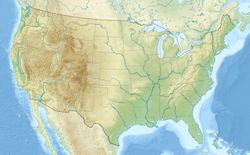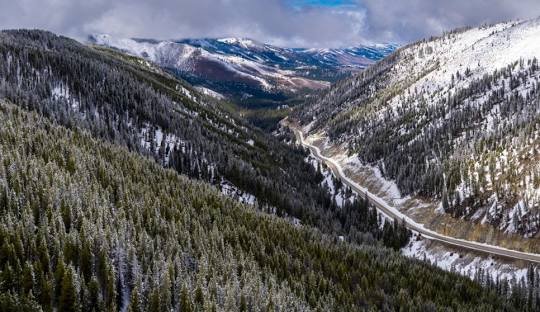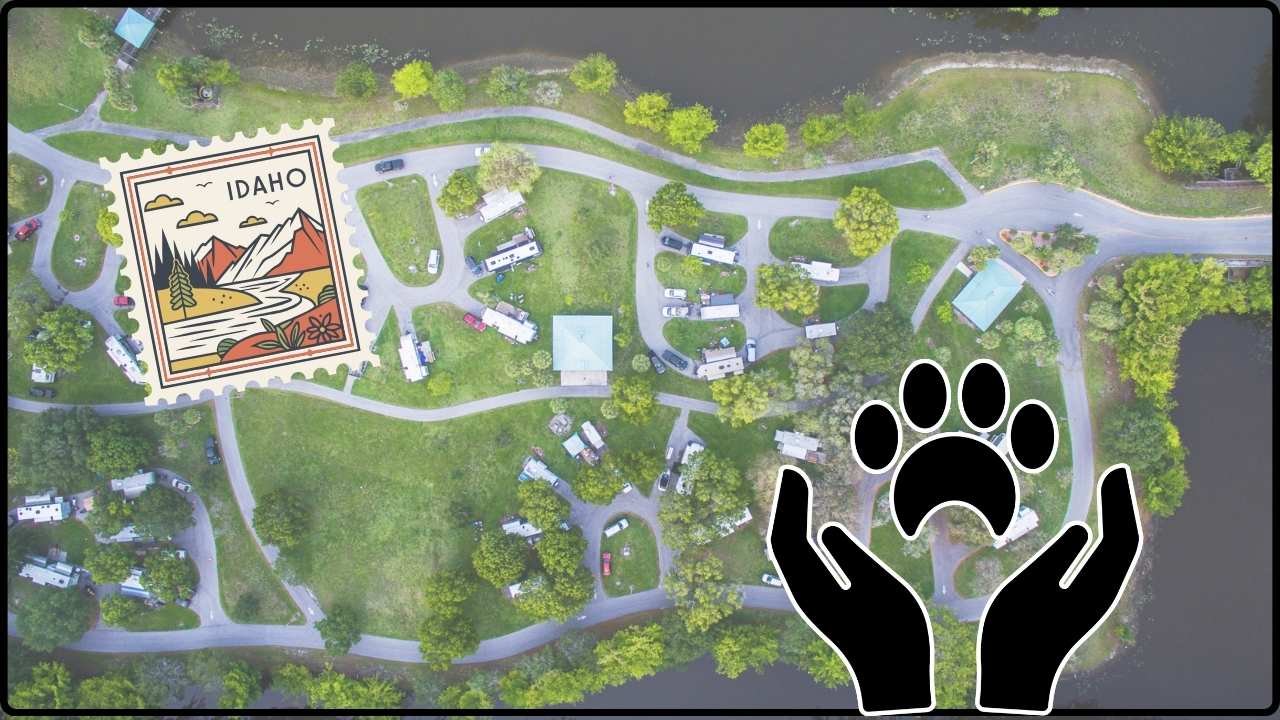Navigating Idaho’s Mountain Passes: Navigating Idaho’s mountain passes in a big rig is no small feat. Idaho’s rugged terrain, steep grades, unpredictable weather, and strict truck regulations present challenges that demand specialized knowledge and preparation. Whether you’re hauling general freight or oversize loads, maneuvering these passes safely and efficiently requires respect for the road, adherence to laws, and solid mountain driving skills. This guide breaks down everything you need to know about Idaho’s key mountain passes, regulations, safety tips, accident data, and resources to become a confident, responsible big rig driver in this demanding environment.
Navigating Idaho’s Mountain Passes
Idaho’s mountain passes demand respect, preparation, and skill. For big rig drivers, mastering the art of mountain driving means understanding the terrain, following chain laws, respecting weight limits, and maintaining vigilance through changing weather and road conditions. Utilizing Idaho 511 for real-time information, planning carefully, and practicing expert brake control and gear usage greatly reduces risk. Ultimately, it’s about delivering loads safely while protecting yourself, your cargo, and fellow road users across these rugged, beautiful, yet challenging roads. Know the mountain—respect the mountain—and drive smart.

| Topic | Details |
|---|---|
| Major Mountain Passes | Lookout Pass, White Bird Pass, Lolo Pass, Lost Trail Pass |
| Steep Grades | Up to 7% on main climbs, some areas reach 10% or more |
| Chain-Up Law | Chains required in winter on commercial vehicles over 26,000 lbs on specific mountain passes |
| Truck Speed Limits | Typically range between 20-45 mph on grades |
| Weight Restrictions | Max GVW 80,000 lbs without permit; oversize/overweight permits required |
| Key Safety Practices | Use engine brakes, check brakes pre-trip, carry chains, plan with Idaho 511 |
| 2023 Accident Data | Idaho saw fatal crashes rise to 242 in 2023; mountain routes heavily impacted |
| Official Guidance | Idaho Department of Transportation (ITD) |
Major Idaho Mountain Passes for Big Rigs
Lookout Pass (I-90, Idaho-Montana Border)
Lookout Pass climbs to 4,711 feet and is a critical corridor connecting Idaho and Montana. It features a sustained 6% grade over nearly five miles, making it challenging for braking and power management on big rigs. It is notorious for winter weather hazards, with snow and ice frequently forcing commercial trucks over 26,000 lbs to comply with Idaho’s chain-up law.
The pass is equipped with runaway truck ramps spaced along the descent—essential safety cushions for drivers experiencing brake failure or loss of control. Due to elevation and weather, Lookout Pass sees a higher incidence of jackknifed trucks and traffic delays in winter months.
Pro Tip: Always start your descent early in lower gears and avoid riding the brakes. Regularly test brake response at pullouts before continuing.

White Bird Pass (US-95)
Famous for its twisting switchbacks and grades hitting 7%, White Bird is a test of skill for even experienced truckers. The climb is continuous and demanding, requiring efficient gear shifting and throttle control to maintain steady velocity without overheating components.
Loads must be well-distributed to prevent brake and drive train strain. The narrow lanes and limited shoulder make mistake margins slim.
Pro Tip: If hauling oversize freight, consult ITD ahead of time as pilot vehicles may be required due to the narrow, winding roadway.
Lolo Pass (US-12)
Lolo Pass reaches an elevation of 5,242 feet and winds through narrow mountain valleys with sharp bends. Historically part of Lewis and Clark’s trail, it remains a scenic but challenging route.
Winter chain mandates activate here first, and combined with sudden weather front changes, it can catch unprepared drivers off guard. Road crews post advance signage requiring chains during snowy or icy conditions. Chains must be placed on one drive axle tire on each side of the tractor and on at least one axle on the trailer.
Pro Tip: Always check the Idaho 511 system before heading out, especially in fall and winter seasons, for up-to-the-minute weather and chain sign warnings.
Lost Trail Pass (US-93, Idaho-Montana Border)
While Lost Trail Pass has been upgraded and widened recently, it remains a mountain pass demanding extra attention, especially in poor weather. It’s a favored route for some freight but isn’t forgiving if you’re unprepared.
Navigating requires awareness of changing conditions, especially during spring thaw and fall freeze.
Pro Tip: Factor extra travel time and be ready to chain up as winter conditions warrant.

Idaho Truck Regulations for Navigating Idaho’s Mountain Passes
Chain-Up Law and Winter Safety Requirements
Idaho law mandates that commercial vehicles with a gross vehicle weight (GVW) exceeding 26,000 pounds must carry and, when ordered, install tire chains on designated mountain passes during winter. This law is active mainly on:
- I-90 over Lookout Pass
- U.S. Highway 12 over Lolo Pass
The Idaho Transportation Department (ITD) activates roadside dynamic message signs and flashing lights to signal chain requirements and limitations. When chains are required, they must be installed on at least one tire on each side of one drive axle and on at least one axle at or near the rear of towed vehicles to assure traction and control.
Chains purchased and carried must be road-legal, not damaging to pavement, and fit the tires properly.
Violations of chain laws may result in fines starting at $50 plus surcharges and can escalate with repeated offenses. Moreover, truck drivers who fail to comply or cause traffic incidents can be fined up to $1,000.
Chain laws are lifted promptly when road conditions improve to minimize road surface damage caused by chains.
Weight and Size Limits
General Truck Weight Limits in Idaho:
- Gross Vehicle Weight (GVW): 80,000 lbs maximum without permit.
- Single axle weight limited to 20,000 lbs.
- Tandem axle weight capped at 34,000 lbs.
- Loads exceeding height (14 feet), width (8 feet 6 inches), or length limits (75 feet combination) require special oversize/overweight permits.
Beyond standard limits, Idaho has seasonal axle weight restrictions in effect from November 1 to April 1 to protect highways during freeze-thaw cycles prevalent in the mountains. These restrictions can require up to a 25% weight reduction on specified routes.
Commercial vehicle operators hauling oversized or overweight loads through mountainous areas must coordinate piloted escort vehicles and schedule trips with Idaho Transportation Department (ITD) permit offices in advance.
Seasonal Road Restrictions and Weather Impact
Winter weather in Idaho’s high-altitude passes often leads to chain law activations, lane closures, and slower traffic flow. Icy roads, wind, heavy snowfall, and reduced visibility require drivers to modify speed and maintain extra following distance.
During freeze-thaw cycles, road surfaces may deteriorate, inducing potholes or frost heaves that can damage vehicles or affect traction.
ITD’s roadside crews work year-round to plow snow and maintain signage but truck drivers bear responsibility for adjusting driving behavior accordingly.
Mountain Driving: Tips from the Pros
Mountain driving demands heightened attention and mastery of fundamental truck control techniques:
- Brake Management: Use engine compression braking (“Jake brakes”) extensively. This reduces reliance on service brakes, preventing overheating and brake fade on long descents. Apply foot brakes intermittently to cool drums.
- Pre-Trip Safety Checks: Always test brakes prior to mountain climbs and descents. Ensure your brake pads, fluids, and air systems are in optimal condition.
- Proper Gear Usage: Shift to low gears before descending steep grades. Avoid shifting mid-descent since missed gear changes can cause loss of control.
- Chain Preparedness: Carry tire chains year-round from fall through spring and be fluent in quick, safe installation to comply with law and maintain safety.
- Use Available Resources: Monitor real-time traffic and road condition updates through the Idaho 511 app or website – this tool helps you anticipate chain law activations, road closures, and weather changes.
- Emergency Readiness: Have emergency equipment including reflective triangles, a flashlight, warm clothing, and a shovel in case of breakdowns or being stranded.
- Communication: Use CB radios or smartphone apps to communicate with fellow truckers about current road conditions, traffic, and hazards.
- Allow Extra Travel Time: Mountain roads often require slower speeds and can increase trip times significantly.
Mountain Pass Accident Data & Safety Insights
Idaho’s mountainous areas present higher risks of crashes, especially during winter. According to Idaho Transportation Department data for 2023:
- Fatal crashes statewide reached 242, a 25% increase from 2022.
- Mountain passes are frequent sites of severe and fatal truck crashes due to steep grades, sharp curves, and weather challenges.
- Single-vehicle crashes (e.g., rollovers, run-offs) accounted for nearly 38% of fatalities.
- Weather-related factors such as ice and snow significantly contribute to accident rates between November and February.
- Non-compliance with chain laws and speeding remain leading causes of accidents on mountain corridors.
- Proper use of chains and adherence to speed limits have been shown to reduce severity and frequency of accidents significantly.
Understanding these risks underscores the importance of preparation and compliance for big rig operators.
Essential Gear for Boondocking in Idaho’s Backcountry
Camping on Idaho Endowment Lands: What You Need to Know
Idaho BLM Camping Rules Explained: The 14-Day Stay Limit and More










